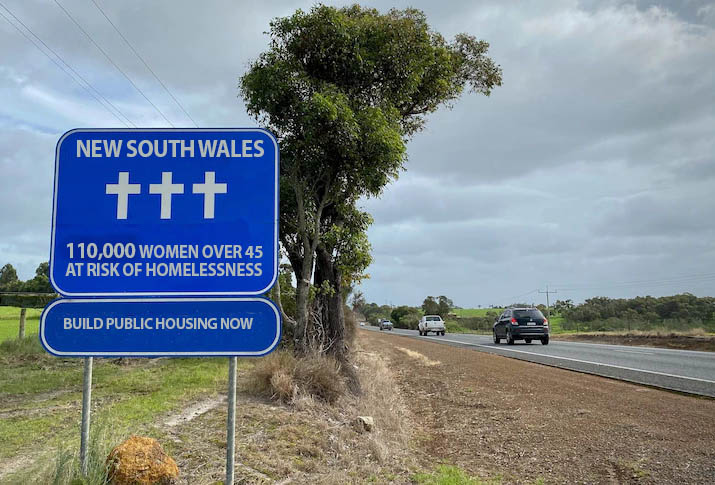Many older women struggling to stay housed in New South Wales will miss out on a key measure in the budget intended to support them, because they don’t have the savings to access it, according to Housing for the Aged Action Group (HAAG).
When handing down the budget today, the NSW Government acknowledged more and more older single women were facing housing related financial stress.
The budget contains a measure intended to support these women - a shared equity scheme for which women over 50 are eligible. However that scheme requires those women to have a two per cent deposit to qualify. HAAG Executive officer Fiona York says the reality is many older women facing housing crisis have little savings, let alone enough for a house deposit.
“Treasurer Matt Kean says he wants New South Wales to be the best place for women to live, work and raise a family. But if you’re a woman, it’s far from the best place to grow old,” York says.
“While it’s great that older single women are eligible for the scheme, many just won’t have enough savings to buy a home.
“Long social housing waitlists mean these women are left to compete in the private rental market where the little savings they do have are quickly spent on rent.”
The median price for a unit in the South Coast of NSW is $527,000 and would require a deposit of more than $10,000.
If the government wants to reduce homelessness among older, single women, then what it must do is invest in social housing and lower the priority age for that housing, York says.
“It’s unacceptable that a single, older women must wait until she is 80 years old before she is considered a priority,” she says.
“If she were living in Victoria, she’d be considered a priority at 55.”
The budget contains funding for 200 new social homes for First Nations Families, and another 120 new social homes aimed specifically at rough sleepers, which while welcome, is still thousands short of what is required.
“New South Wales needs to build at least 5000 new social and affordable homes every year for the next decade in order to meet demand. That’s how dire the situation is,” York says.
“At least 20% of those 50,000 homes, should be set aside specifically for older people.”
When an older, single woman experiences homelessness, it’s often for the first time and as a result, they can have a hard time accessing support and services. Funding a dedicated older person’s housing and information support service would make it easier for older women to access services both before they reach crisis point, and if they do find themselves without a home.



 "There is nothing like staying at home for real comfort."
"There is nothing like staying at home for real comfort."